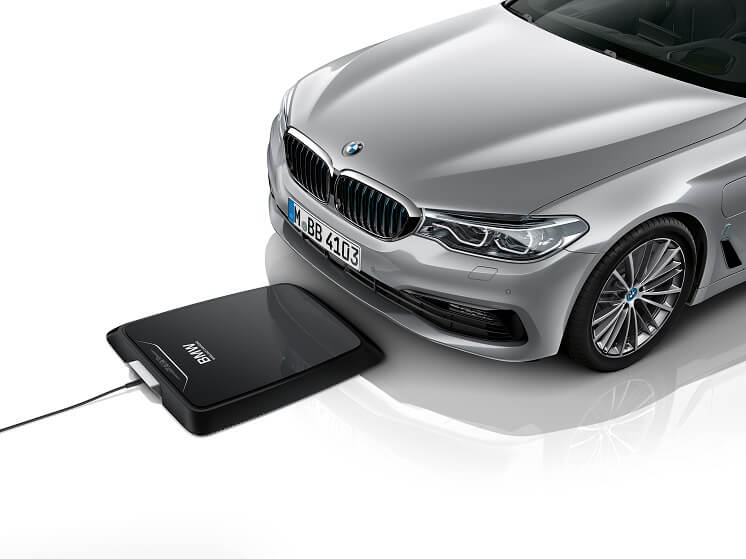In 2024, urban transit is witnessing a transformative shift with the integration of wireless EV charging, a technology that promises to redefine how we power electric vehicles. Imagine pulling into a parking spot and having your car automatically charge without the hassle of cords and plugs. According to a recent report by Bloomberg Green, wireless EV charging is set to grow exponentially, with an anticipated adoption rate increase of 30% annually over the next five years. This article will delve into how this innovative technology is revolutionizing urban transit, the practical applications for city dwellers, and what the future holds for this electrifying advancement.
The Rise of Wireless EV Charging in Urban Areas
Why Wireless Charging?
Wireless EV charging, also known as inductive charging, offers a seamless experience by allowing electric vehicles to charge through electromagnetic fields. This not only enhances convenience but also accelerates the adoption of EVs in urban areas where space and time are at a premium. As reported by TechCrunch, cities like Oslo and Seoul have already implemented pilot programs, demonstrating significant improvements in traffic congestion and pollution reduction.
How Does Wireless EV Charging Work?
- Inductive Charging Pads: Installed on parking spots, these pads transfer energy via magnetic fields to a receiver coil in the vehicle.
- Efficiency and Speed: Recent advancements have improved charging efficiency to over 90%, with power levels ranging from 3.6 kW to 22 kW, allowing for rapid charging.
- Integration with Smart Grids: Wireless charging systems can be integrated with smart grids to optimize energy use, reducing the burden on urban infrastructure.
Economic and Environmental Impact
Wireless charging can significantly reduce the environmental footprint of urban transit by promoting EV use. According to the International Energy Agency (IEA), transitioning to wireless charging could cut CO2 emissions from urban transport by 20% by 2030. Moreover, it supports economic growth by creating new jobs in tech and infrastructure sectors, as highlighted by Reuters Mobility.
Practical Applications of Wireless Charging in Cities
Where to Charge: Urban Hotspots
Several cities are leading the charge with wireless EV charging infrastructure:
- Oslo, Norway: Known for its progressive EV policies, Oslo has installed wireless charging spots specifically for electric taxis, aiming for a fully electric taxi fleet by 2024.
- Seoul, South Korea: With its cutting-edge technology landscape, Seoul has integrated wireless charging in public parking lots, making it easier for residents to switch to EVs.
- California, USA: California’s recent legislation encourages the deployment of wireless charging in public and private spaces, with a focus on urban centers like Los Angeles and San Francisco.
Benefits for Urban Commuters
- Time-Saving: Wireless charging eliminates the need to find and plug into a charging station, saving commuters valuable time.
- Increased Accessibility: With no cables to manage, wireless systems are more accessible for individuals with disabilities.
- Reduced Clutter: Urban areas benefit from cleaner, less cluttered streetscapes without the need for extensive charging infrastructure.
How to Make the Most of Wireless Charging
Tips for Urban EV Owners
- Check Compatibility: Ensure your EV model is compatible with wireless charging. Brands like Tesla, Hyundai, and Nissan are leading the way in offering compatible models.
- Locate Charging Spots: Use apps like PlugShare or ChargePoint to find wireless charging spots in your area.
- Cost Considerations: While wireless charging can be slightly more expensive than traditional methods, its convenience may outweigh the cost for urban dwellers.
What to Compare: Wireless vs. Wired Charging
- Convenience: Wireless charging is more convenient but may have a higher initial setup cost.
- Speed: Wired charging can offer faster charging speeds at higher power levels, which is ideal for long-distance travel.
- Availability: While wireless infrastructure is growing, wired charging stations remain more widely available.
The Future of Urban Transit with Wireless Charging
As wireless EV charging continues to evolve, its impact on urban transit is becoming increasingly apparent. The technology not only supports the growing demand for electric vehicles but also aligns with global sustainability goals. By reducing emissions, promoting energy efficiency, and enhancing user convenience, wireless charging is poised to become a cornerstone of modern urban transit systems.
In conclusion, wireless EV charging is not just a technological innovation; it’s a catalyst for change in how we view and utilize urban mobility. As cities continue to expand their wireless charging infrastructure, the stage is set for a cleaner, more efficient future. Are you ready to embrace the wireless revolution? Share your thoughts in the comments below and join the conversation about the future of urban transit.
As we look ahead, the integration of wireless charging with emerging technologies like autonomous vehicles and smart cities promises an exciting evolution in how we move through urban environments. The journey has just begun, and the possibilities are endless.

